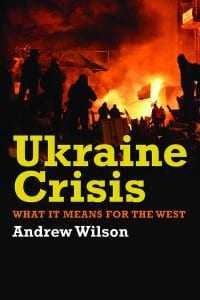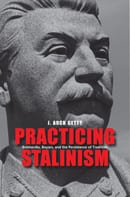Ukraine: Why Russian perspectives should be heard
By Sean L Hanley, on 14 November 2014

“Photo” by Kremlin.ru – http://eng.kremlin.ru/news/5571.
CC BY 3.0 via Wikimedia Commons.
Throughout the Ukraine crisis there has been persistent criticism from the West that the Russian media have intentionally presented misleading information on the conflict.
However, Joanna Szostek argues while there are legitimate concerns about the reporting of organisations such as the Russian state-funded broadcaster RT, banning or excluding Russian perspectives from the Western media would be counter-productive.
On 31 October a conference took place at the University of Cambridge to discuss ‘Ukraine and the Global Information War’. The event brought journalists, activists and academics together to reflect on media coverage of the Ukrainian crisis, with the problem of propaganda a particular concern. Several speakers represented organisations that have been working to expose disinformation in the Russian media and counter the Russian narrative of events in Ukraine more generally.
Russia’s international propaganda machine is so powerful, insidious and dangerous, argued some of these speakers, that much tougher measures are needed to block its effects. Calls were voiced for RT, Russia’s state-funded broadcaster aimed at international audiences, to be outlawed. Other participants suggested that Western news outlets should be freed from the usual requirement to ‘report both sides’ on the basis that the Russian ‘side’ is largely derived from falsehoods, so repeating it merely serves the Kremlin’s aim of muddying the waters. One eminent historian complained that the BBC’s Ukraine coverage had been ‘particularly irritating’ with its rigid commitment to ‘on the one hand, on the other hand’ journalism.
Some of the untrue stories disseminated by Russian television during the conflict in Ukraine have certainly been outrageous and the activists who volunteer their time and energy debunking fabrications deserve respect and support. Incessant Russian talk of the ‘fascist coup’ in Kyiv must infuriate the millions who joined Euromaidan out of a genuine desire to make their country less corrupt and more democratic.
Nevertheless, to ban RT or exclude the ‘Russian perspective’ from news reports would be counterproductive: it would serve only to reinforce impressions of Western hostility and ‘double standards’ in the eyes of the Russian public. (more…)
 Close
Close









